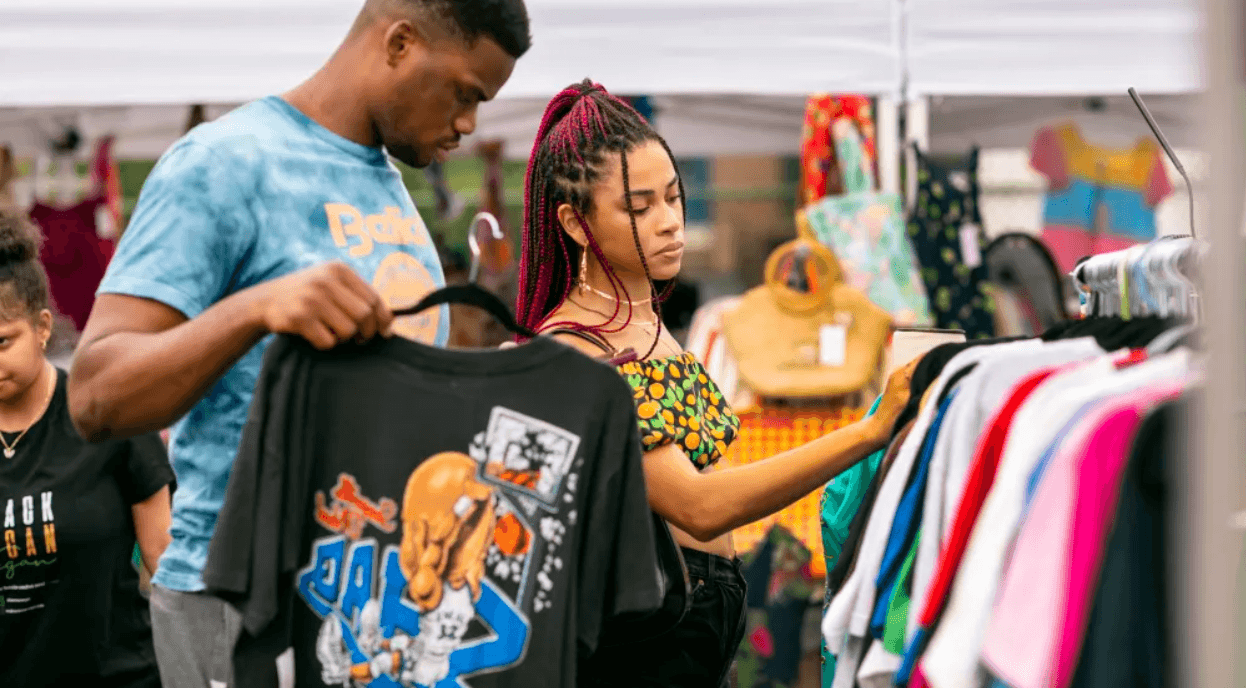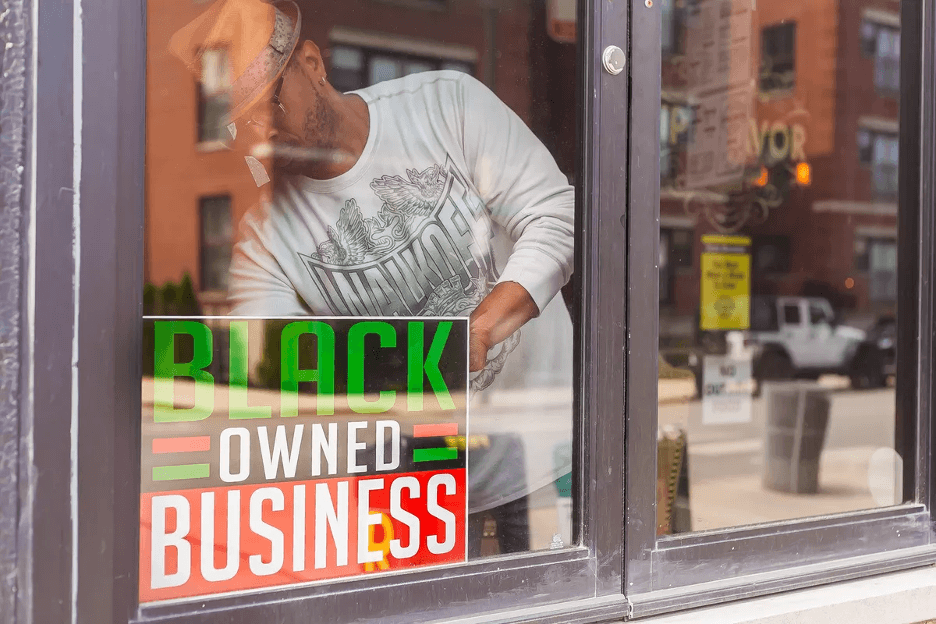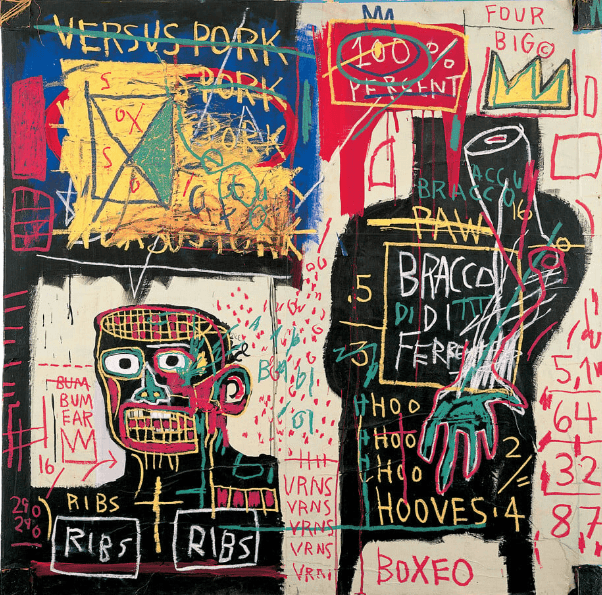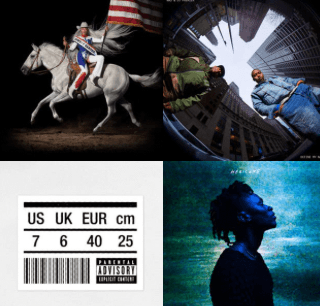By Claire Moraa
- At least 52% of shoppers made secondhand clothing purchases in 2023
- The overall secondhand apparel market is projected to grow three times over in the next four years to $350B
It’s a fact that not everyone will wear a new Gucci belt or rock the limited high-end brand pieces released occasionally for a selected few. However, with the resale culture, common folk will get access to luxury and high-end fashion items at more affordable prices. You’ll get to experiment with new styles and brands without breaking the bank. All this is thanks to the emergence of various resale platforms and strategic partnerships with retail giants who want to venture into the billion-dollar industry.
Why This Matters: Fashion resale is not a new phenomenon but in the recent past, the market has tremendously registered substantial growth. In just the last year, the market has seen an 18% jump and in the U.S. alone, it grew seven times more compared to the general apparel market. This underscores how fashion resale serves as a catalyst for both style innovation and sustainable practices within the industry.
Granted, it’s a win-win situation for both brands and consumers. Brands get to score a few points to boost their sustainability credentials while generating additional revenue. By buying back their old clothes from customers and reselling them, they can monetize their products multiple times. This is creating a circular economy by prolonging the lifespan of clothing items through a continuous cycle of reuse, refurbishment, and recycling. This can significantly enhance their profitability.
It is from this continuous cycle that the secondhand apparel market is projected to grow to $350 billion by 2028. Consumers on the other hand get their hands on unique and one-of-a-kind items that are not readily available in mainstream retail stores, allowing them to express their individuality and stand out from the crowd. All these at a fraction of the actual cost. Eventually, when the items are no longer wanted or wearable, they can be resold again, donated to charity, or recycled into new materials. This completes the circular loop by ensuring that resources are kept in circulation.
Situational Awareness: The surge in the popularity of fashion resale is a testament to the changing dynamics of the retail industry as a way to stay afloat in these uncertain economic times. More brands are expected to join the fashion resale bandwagon in the coming years as the benefits become more evident. It’s another way of cementing brand loyalty and engagement. It’s only up from here especially with advancements in technology. ThredUp’s smart store is already in place. Brands can leverage AI-driven recommendation engines and virtual try-on tools to enhance the online shopping experience for secondhand apparel. This could make it easier for consumers to find items that match their preferences and fit.
CBX Vibe: “ReConditioned” Muthoni Drummer Queen, Hook, GR!









